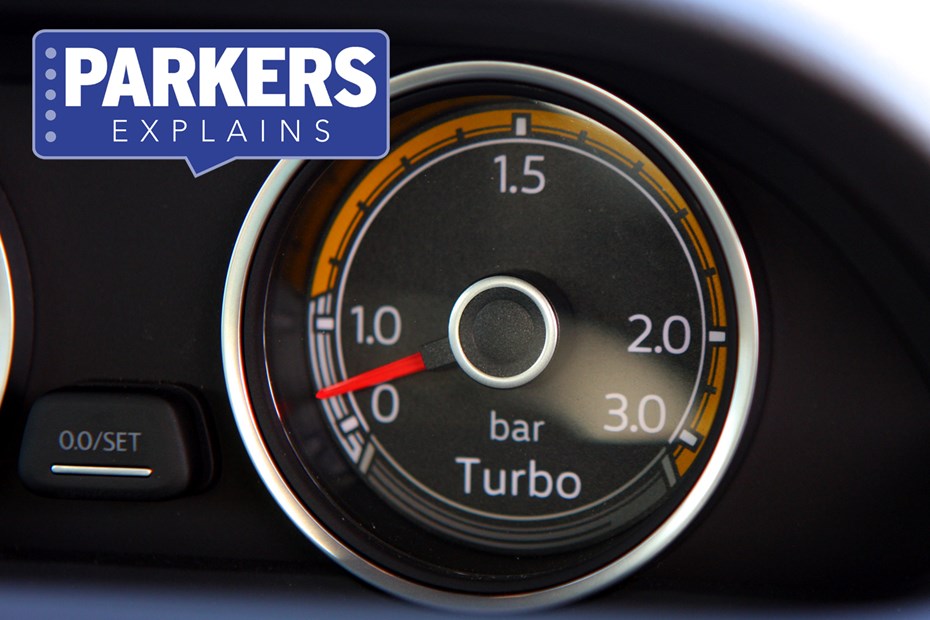Near-enough all new petrol and diesel cars have a turbocharger attached to their engine. Indeed, that’s been the case for a decade now. But why is that? What is a turbo exactly and why do so many cars have one?
In this guide, we’re going to answer those questions by looking at how turbos work, the benefits they bring and their drawbacks. But first, we need to take a quick look at how petrol and diesel internal combustion engines work so we can understand where a turbo fits into the mix.
How do internal combustion engines work?
Every petrol and diesel engine works on the principle of internal combustion. There are four stages – known as strokes – in the process, which are often referred to as ‘suck, squeeze, bang, blow.’
First, a mixture of fuel and air is drawn into the engine’s cylinders (the ‘suck’ stage). Then, a piston compresses the mixture (the ‘squeeze’ stage). Next, a spark plug ignites the mixture, creating an explosion which forces the piston down (the ‘bang’ stage). Lastly, as the piston moves back up, the waste – or exhaust – gases left after the explosion are pushed out of the cylinder (the ‘blow’ stage).
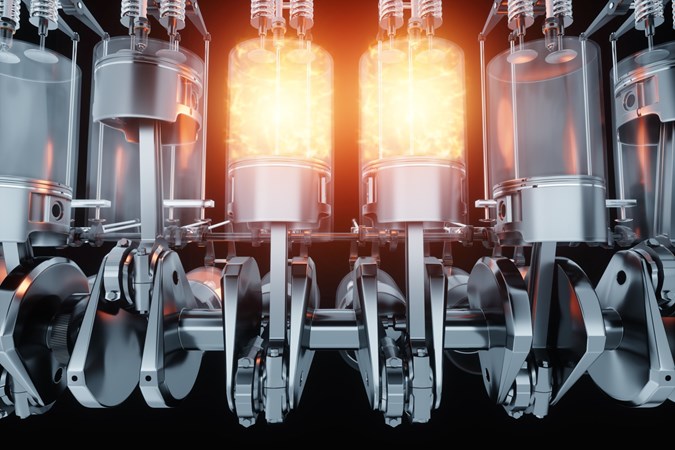
And engine’s power is produced by the explosion forcing the piston down. The piston is connected to the rotating crankshaft, which is itself connected to the car’s wheels via the gearbox. To increase the amount of power, you need to create a bigger, better explosion.
In times gone by, that was usually done by the simple expedient of increasing the volume of the cylinders. But that demands an undesirable trade-off in increased fuel consumption. Alternatively, you can increase the amount of oxygen in the fuel/air mixture, which is much more fuel efficient. And that’s where a turbocharger comes in.
How does a turbocharger work?
When the waste gases left over from the combustion process are forced out of an engine’s cylinder, they flow through the exhaust system and out into the atmosphere. However, before they reach that stage, a portion of those gases can be put to good use in a turbocharger.
A turbo is essentially a turbine that branches off from the exhaust system. Waste gases pass into the turbine which compresses and speeds up the flow which is then directed back into the cylinders to be used again in the combustion process. This concentrated, high-pressure gas flow is more oxygen rich, contributing to a bigger, more efficient explosion in the cylinder without increasing the amount of fuel used.
Once the four-stroke combustion process is complete, the waste gases are forced out of the cylinder again. Some of the gases pass back through the turbo, and so the process continues.
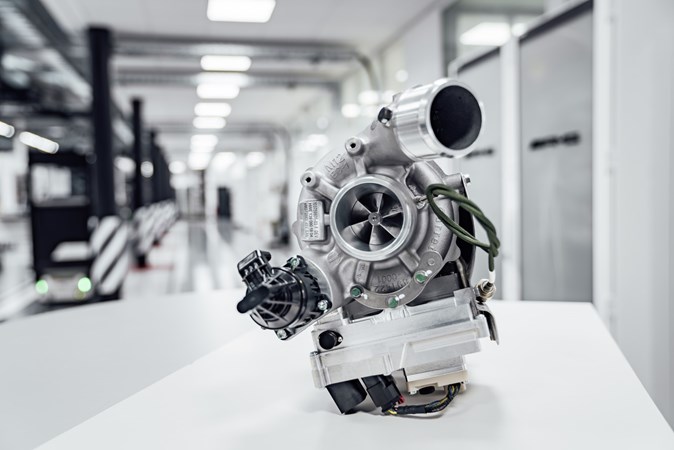
What are the benefits of a turbo?
The key benefits of a turbo are that it helps the engine produce more power and torque without increasing the amount of petrol or diesel used in the combustion process, therefore also reducing the amount of carbon dioxide and other noxious gases emitted from the car’s exhaust. So, a turbocharged car can be more fuel efficient and better for the environment.
The turbocharger is over 100 years old. It was first applied to aircraft engines, helping them to fly in thin air at high altitudes. It was subsequently used on diesel rail and marine engines before reaching the automobile industry in the 1960s. The Americans got there first with the 1962 Oldsmobile Jetfire; Europe followed when the BMW 2002 Turbo was launched in 1974.
High-performance turbo petrol cars were all the rage in the 1980s, while efficient turbo diesels became popular in the 1990s. Then, in the 2010s, more and more car manufacturers took advantage of the turbo’s ability to lower CO2 emissions. In 2024, all but a very small number of petrol engines and all diesels sold in the UK are turbocharged.
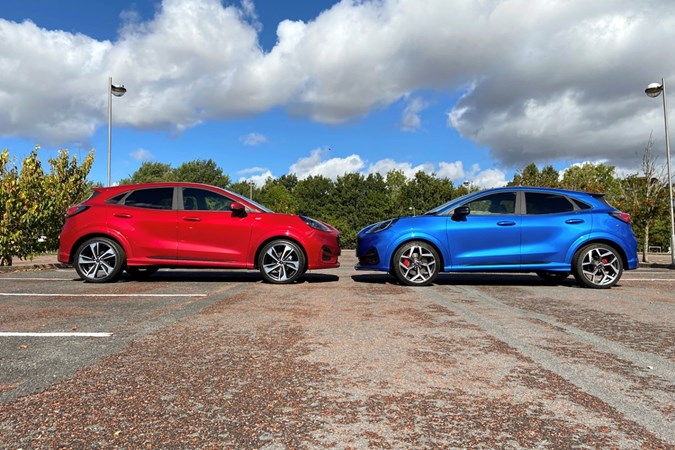
What are the downsides of a turbo?
The main problem turbos have is what’s known turbo lag. The exhaust gases have to be flowing relatively quickly to spin the turbo’s turbine fast enough for it to force air back into the cylinders at full pressure. That means, in many cars, you probably won’t feel the extra power the turbo helps generate until the engine is turning at 1,500rpm or more.
As a result, the car’s performance may feel a bit sluggish until the turbo is up to full speed. Changing up a gear can also drop the turbine’s speed down to an ineffective level. However, there are ways around the issue.
One method used in motor racing and some modified cars is known as anti-lag. Fuel is injected into the hot exhaust system and explodes, the waste gases generated firing into the turbo at high speed. It’s highly effective but completely inappropriate for a road car. It’s catastrophic for fuel consumption and the exploding fuel sounds like a barrage of gunfire.
There are more sensible measures, though. Sequential turbochargers – found on certain models of BMW, among others – have two turbines. The first is small enough to be spun up by exhaust gas flowing at low speed – that is, when the engine is turning at low RPM. The second turbine takes over when the gas flow is much faster.
Then there are electric turbochargers, such as you’ll find on the latest version of the Porsche 911 Carrera GTS. These have an electric motor which spins the turbine when the exhaust gases are flowing too slowly to do so. And there are all sorts of other tricks that can be built into turbos to manage the speed and volume of gas flowing through them, including turbine blades that can change shape.
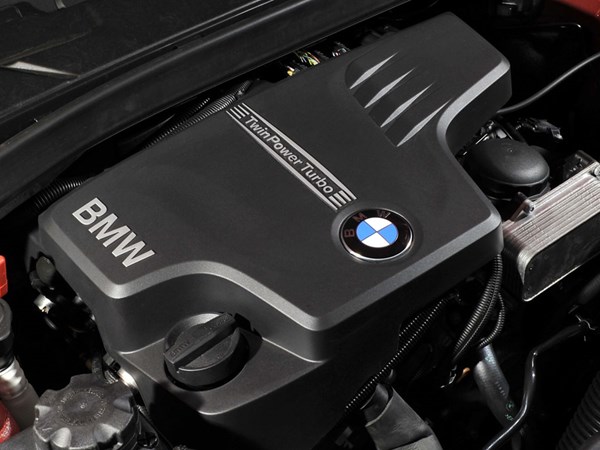
Are turbos reliable?
Turbos are complex bits of kit that work under very high stress. While manufacturers do their best to make turbos as reliable as possible, they can develop issues. Seals can fail and lubricants can leak, turbine blades can be damaged by dirt and debris that gets sucked in. Oil and fluid leaks elsewhere in an engine can cause turbo problems, as well.
At worst, turbine bearings can fail, bits of blade can be sucked into the engine causing damage there, or the turbo may simply give up the ghost. Certain cars are more prone to turbo failure than others, but you shouldn’t experience any problems so long as you have your car properly serviced regularly.
You’ll soon know if your car is developing turbo issues because its performance will become more sluggish than normal. You may also see blue exhaust smoke. Replacement turbos are often very expensive; fortunately, damaged or even dead turbos can usually be rebuilt by a specialist at much lower cost. Such specialists are generally well aware of any weaknesses a given turbo has and may be able to rebuild it such that it won’t fail again.
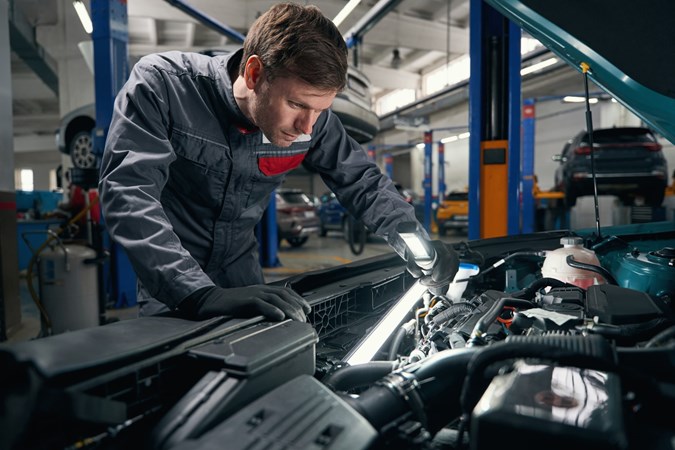
Just so you know, we may receive a commission or other compensation from the links on this website - read why you should trust us.


